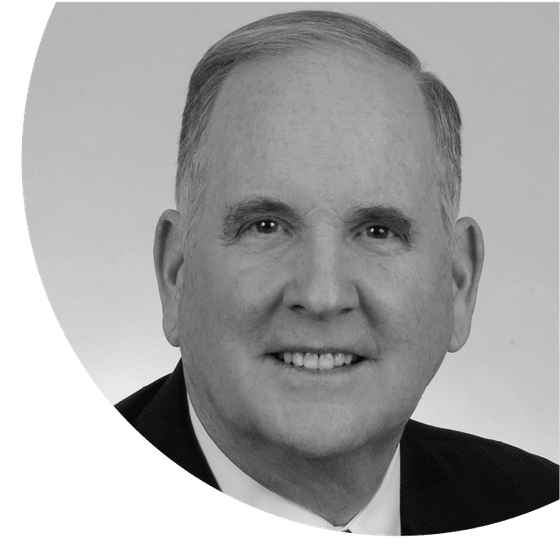DEPARTMENTS

PRESIDENT'S MESSAGE
LINDSAY COOK
, CIH, CSP, FAIHA,Demystifying AIHA’s “Content Channels”
BY LINDSAY COOK, AIHA PRESIDENT
High-quality education has long been AIHA’s calling card. Our technical sessions at AIHce EXP, our educational webinars, and—in the days before COVID-19—our face-to-face professional development courses have consistently garnered praise from attendees, members and non-members alike.
This excellent reputation extends to our printed publications. Many of our books are must-haves for practicing OEHS professionals. In addition, since the beginning of the pandemic, our volunteers have churned out useful resources such as the 27 guidelines at backtoworksafely.org and a wide range of publications, including guidance documents, white papers, infographics, fact sheets, and more.
The volunteers who create this content benefit from engaging in a different kind of creative work than is provided by their jobs. But the sheer number of potential formats suggests that a potential contributor may be overwhelmed by choice. For example, how does an author decide between writing a guidance document or a fact sheet? How does a presenter choose between submitting a proposal for AIHce EXP or developing a webinar? What processes are used to determine which ideas are published or accepted?
CONTENT FORMATS
To answer these questions, AIHA recently created a “content channels” page on AIHA.org. Content channels are delivery formats for members’ work. The content channels webpage explains which delivery formats are available, how to develop and submit proposals, and how those proposals are reviewed and approved. Among the content channels available are the following:
Framework: A framework is a list of knowledge, skills, and abilities required to work in a particular field or industry. AIHA has produced frameworks on Big Data, Legionella, the use of direct-reading instruments, and the occupational exposure banding process, among others. Visit AIHA's website for examples.
Book: This format contains many sub-formats, such as guidelines, field manuals, and textbooks. A book may be the right choice if the content discusses specific knowledge and methodologies. Books are expected to go into greater depth than fact sheets, guidance documents, and white papers.
The content channels webpage explains which delivery formats are available, how to develop and submit proposals, and how those proposals are reviewed and approved.
Fact sheet: Effective at conveying high-level knowledge to a specific audience, fact sheets often contain technical data, lists, statistics, educational material, or how-to advice. A recent example is our statement on the aerosol transmission of SARS-CoV-2 (PDF).
Guidance document: This format offers non-binding advice for following a procedure or process. For an example, refer to our reopening guidance for laboratories (PDF).
Position statement: A position statement reflects AIHA’s official stance on a particular issue pertaining to OEHS and explains the rationale. AIHA’s position statement on Permissible Exposure Limits (PDF) is one example.
White paper: This format is an in-depth report or essay intended to help solve a problem. White papers are intended to persuade. See our white paper on workers' rights (PDF).
Webinar: This live, virtual, educational event combines audio and visual communication. Webinars include sub-formats such as interviews and panel discussions. Visit AIHA's website for upcoming live and archived webinars.
Conference presentation: AIHce EXP gives members an opportunity to share data and information in either a live or virtual setting. There are many types of conference presentations, but in general, they share trends or best practices.
Professional development course: These courses are live events that sometimes have additional virtual attendees. PDCs are significantly longer in duration than conference presentations and can include lectures, discussions, problem solving, and hands-on exercises.
Other content channels include Synergist articles, JOEH papers, and SynergistNOW blog posts. More information about all content channels is available from AIHA's website.
A SIMPLER PROCESS
The content channels webpage simplifies the process of producing work that advances the profession and protects worker health. If you’d like to contribute, visit our website.
Editor's note: The version of this article that appears in the print issue incorrectly refers to an AIHA document on ergonomics as a "position statement." The digital version of the article was updated March 26, 2021, to correct this misstatement.

